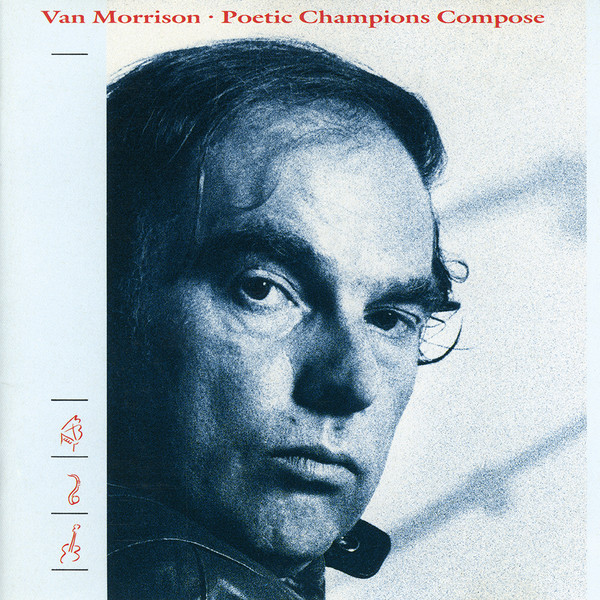Early on in his career, engineers on Bob Dylan sessions learned to just keep the tape rolling and catch everything, which has only fueled the hobbies of people who have spent a lifetime tracking down any and all Dylan recordings they can find. So when something turns up that nobody has ever, and we mean ever, heard before, that’s a big deal.
For the most part, each of the installments in his official, ongoing Bootleg Series have been illuminating, and once again, the compilers have come up with music that’s never actually been bootlegged. Another Self Portrait takes on a contentious period in history; specifically, the “lost years” that began with the surprising Nashville Skyline, continued with the confounding Self Portrait, followed by the misleading New Morning, and capped by the improperly named Greatest Hits Vol. II. The easy thing would have been to follow the “naked” trend and do a rejigged Self Portrait, stripped of all the overdubs, along with the tracks from the even worse Dylan. Instead, they’ve gone back to the original sessions to present a clearer picture of what was really going on when the album came together: Bob, accompanied by David Bromberg and Al Kooper, going through a bunch of folk songs, and occasionally trying out the few originals he’d piled up of late.
While those originals were few, he still put his all into the covers that did spring from his mouth. He apparently adored a song called “Spanish Is The Loving Tongue”, a third variation appearing here (the only only tie-in to the Dylan album, which speaks volumes). The unadorned takes of “Wigwam”, “Days Of 49”, “Copper Kettle” and “Belle Isle” bring out further charms, while the same treatment given both “Little Sadie”s is subjective. There’s even a third “Alberta”, but sadly, “All The Tired Horses” is still just acoustic guitar with women singing. Simple songs like “Pretty Saro” and “Thirsty Boots”, unheard until now, give weight to the revisionist view that Self Portrait was both an extension of the Americana explorations of The Basement Tapes as well as a precursor to Good As I Been To You and World Gone Wrong (and indeed, Dylan did some sessions with Bromberg in the same era as those albums, as heard on Tell Tale Signs). But even if he’d released the unadorned cuts back then, the album still would have been panned as being “unrepresentative”, so there.
At the same time, we can still think he chose to make New Morning an all-original antidote, given the evidence in more ornate and/or heavier mixes of “Time Passes Slowly”, “New Morning”, and “Sign On The Window”, all wisely left aside then but welcome today. Neither of the two songs included from the day George Harrison spent in the studio with him are very revealing, except from a novelty point of view; at least they sound like they’re having fun. But demos of “Went To See The Gypsy” and “When I Paint My Masterpiece” sport lyrical variations, while a solo-piano-with-violin version of “If Not For You” might be his best one of all. And who knew “If Dogs Run Free” once had a chorus? (Seven years later, the all-original theory was punctured by another catalog excavation of sorts, proving we know nothing.)
To fill in some of the space, “Only A Hobo” is the only other song re-recorded with the Basement batch for the 1971 hits album. Not only are there two more songs from the Isle of Wight and two alternate takes from Nashville Skyline, but a never-before-heard “Minstrel Boy”, purportedly from Big Pink itself, had us drooling for more unheard Basement Tapes.
There’s certainly enough on Another Self Portrait to keep the mildly obsessive Dylan fan busy. In some ways it does an equal disservice to the original album, as we’d like to hear the rest of the songs without all the overdubs. Those who shelled out the extra bucks for the deluxe version got a remastered Self Portrait disc to contrast and compare where applicable, plus more enticingly, the complete Isle of Wight show, in excellent sound. His voice slips back and forth between the new croon and the raspier shout, but he’s already started to play with the arrangements of his best-known songs, such as the curious wander through “It Ain’t Me Babe” and an almost honky-tonk “One Too Many Mornings”. We get to hear how John Wesley Harding and Nashville Skyline might have sounded with the Band, but the highlight is his lovely solo rendition of “Wild Mountain Thyme”.
Bob Dylan Another Self Portrait (1969-1971): The Bootleg Series Vol. 10 (2013)—3½

:format(jpeg):mode_rgb():quality(40)/discogs-images/R-2249886-1272306889.jpeg.jpg)






